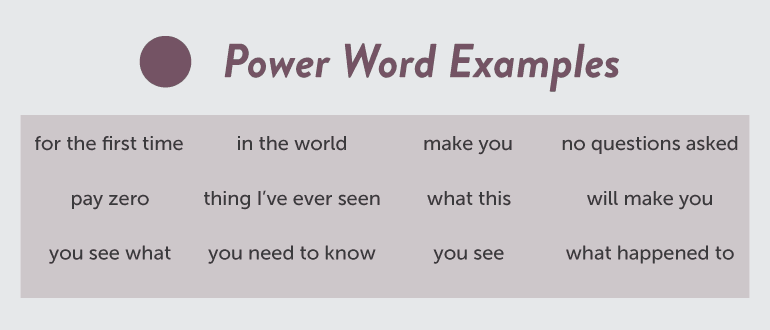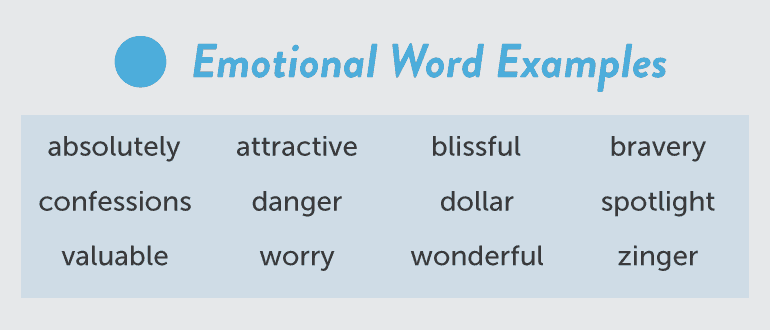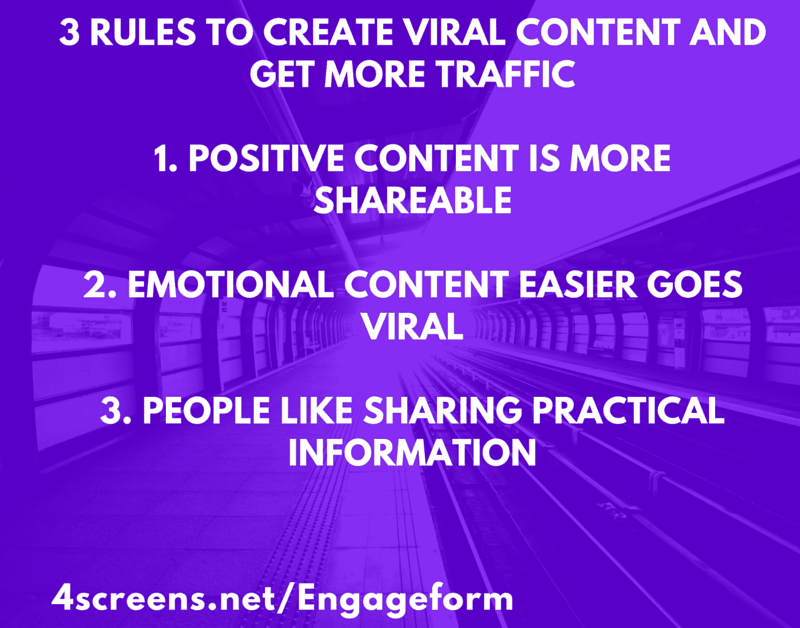Huge amount of new articles, videos and blogposts are uploaded to the Internet every day. Most of them stay in the shadows forever, a lot are quite popular but only a few go viral attracting thousands of people. What is the recipe of popularity? To reach a large audience—whether it’s for a work or a personal reasons or to show the world your cute cat — this article will help to get as much attention as possible.
When you look at the websites like Buzzfeed or Upworthy it may happen that following thought cross your mind: They have to have some kind of hidden rule on crafting content that easily goes viral. Check out this presentation to discover how Upworthy crafts articles:
After analyzing strategies of the most successful portals I found a couple of rules to remember while creating your content!
3 rules to create Viral Content:
- Positive content is more shareable
Although newspapers tend to prove it wrong (they concentrate more on negative news) it’s very true, because people want to connect their social accounts with positive things.
- Emotional content easier goes viral
Feelings like awe, anxiety, fear, euphoria or anger always attract much more traffic.
- People like sharing practical information
Useful content, tips is really worthy sharing because of its value for friends, fans or followers.
Practical Information
Here’s the small tip on how to craft Practically Useful Content. Assuming that you’re the master of your niche don’t forget about calls to action.
End your article with visible instruction for your readers on how to use information included. Show them where to go and how to apply it correctly.
They’ll remember about you as their guide and come back for even more. Take this article on Buffer’s blog as an example. It’s packed with useful information for readers and ends with a clear call to action. When you’ll end reading this article you should also get simple CTA of creating engaging quiz for yourself.
When applying this to quizzes you can use Exit Links to send takers to the direct place where you want them to be. Just check this example (Exit link appears on the bottom of the last slide).
Emotions
As I wrote in this article: It’s easier for Emotional Content to go viral as people tend to share piece of information that makes them feel a certain way. Graph below from BuzzSumo study shows which emotions lead to most shares with the most popular articles online: What’s more we can distinguish a certain Power and Emotional Words – first are carrying calls to action while later are making more unique and shareable message. Take a look at the graphics below: 
 To add even more “virality” to your content remember about the element of surprise. This is a separate emotion form negative or positive which according to this study triggers the most shares.
To add even more “virality” to your content remember about the element of surprise. This is a separate emotion form negative or positive which according to this study triggers the most shares.  Looking for surprising quiz? Give at try to the one below:
Looking for surprising quiz? Give at try to the one below:
Positive content
As you already know both types of emotions are attractive for potential readers, but according to the study done at the University of Pennsylvania positive emotions are a little bit more appealing than the negative ones.
One of the most visible examples is a BuzzFeed’s article titled: 21 Pictures That Will Restore Your Faith In Humanity that hit 15,4 mln view.
This phenomenon has been proven by scientific by scientists. Here is a quote from Scientific American on “content shareability”:
Content that makes readers or viewers feel a positive emotion like awe or wonder is more likely to take off online than content that makes people feel sad or angry, though causing some emotion is far better than inspiring none at all.
In conclusion
To sum it up – if you want your content, whether it is video, press release, news story, blog post or tweet to get as popular as it is possible you have to obey specific rules to reach potential readers and get viral.
Now as you’re equipped with that specific knowledge, apply it into the practice with creating quizzes. Start by clicking this button:
#benefits of quizzes #Engageform #How to #Viral quizzes


